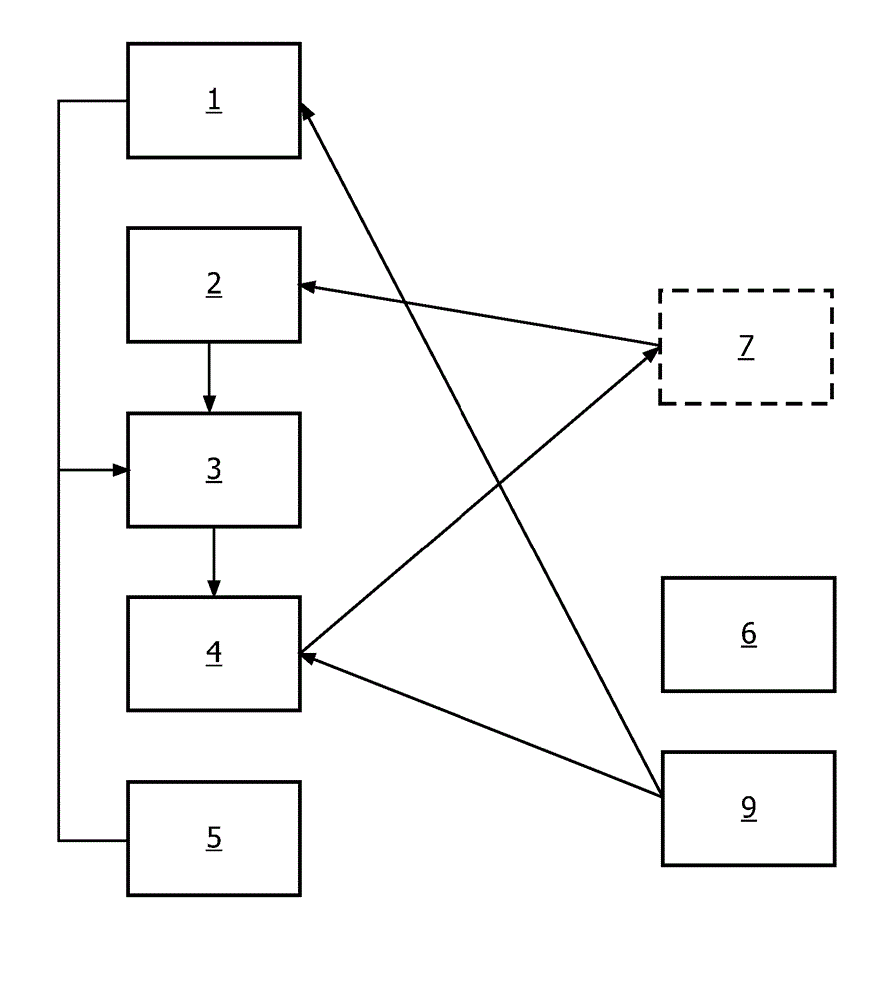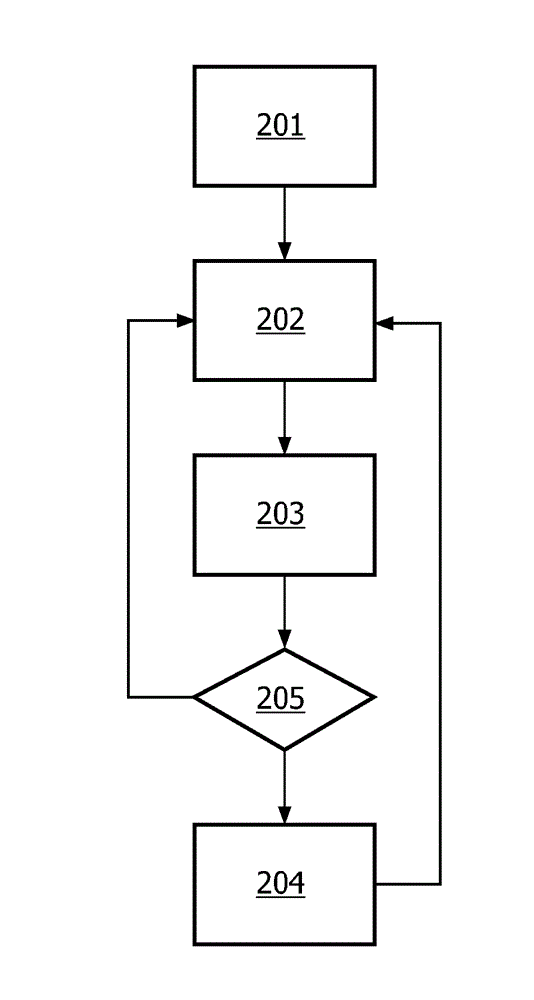Conditioning an organism
A technology of organisms and signal patterns, applied in artificial respiration, sensors, diagnosis, etc., can solve problems such as regulating stimulation
- Summary
- Abstract
- Description
- Claims
- Application Information
AI Technical Summary
Problems solved by technology
Method used
Image
Examples
Embodiment Construction
[0032] figure 1 A block diagram of a system for conditioning an organism 7 is shown. The system can be used to condition an organism 7 such that the organism gives a conditioned response to a conditioned stimulus. Such regulated responses may include specific states of the organism, such as emotional states. After conditioning, the conditioned response can be evoked in the organism 7 by providing the conditioned stimulus. To this end, during the training phase, the conditioning stimulus is provided at times when the organism is in a particular state of the conditioning response. The system may include one or more storage media, such as RAM, ROM or flash memory, or on magnetic or optical disks. The system may further include one or more processors for executing the programs stored in the storage medium. The system can also be implemented by dedicated electronic circuits.
[0033] The system may comprise an identification device 1 for identifying a signal pattern associated...
PUM
 Login to View More
Login to View More Abstract
Description
Claims
Application Information
 Login to View More
Login to View More - R&D
- Intellectual Property
- Life Sciences
- Materials
- Tech Scout
- Unparalleled Data Quality
- Higher Quality Content
- 60% Fewer Hallucinations
Browse by: Latest US Patents, China's latest patents, Technical Efficacy Thesaurus, Application Domain, Technology Topic, Popular Technical Reports.
© 2025 PatSnap. All rights reserved.Legal|Privacy policy|Modern Slavery Act Transparency Statement|Sitemap|About US| Contact US: help@patsnap.com


